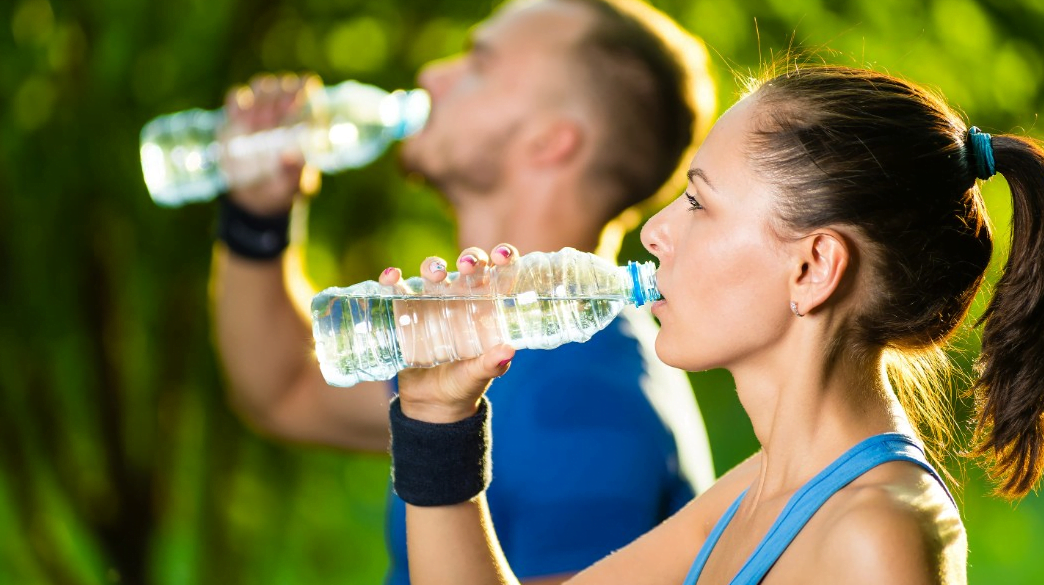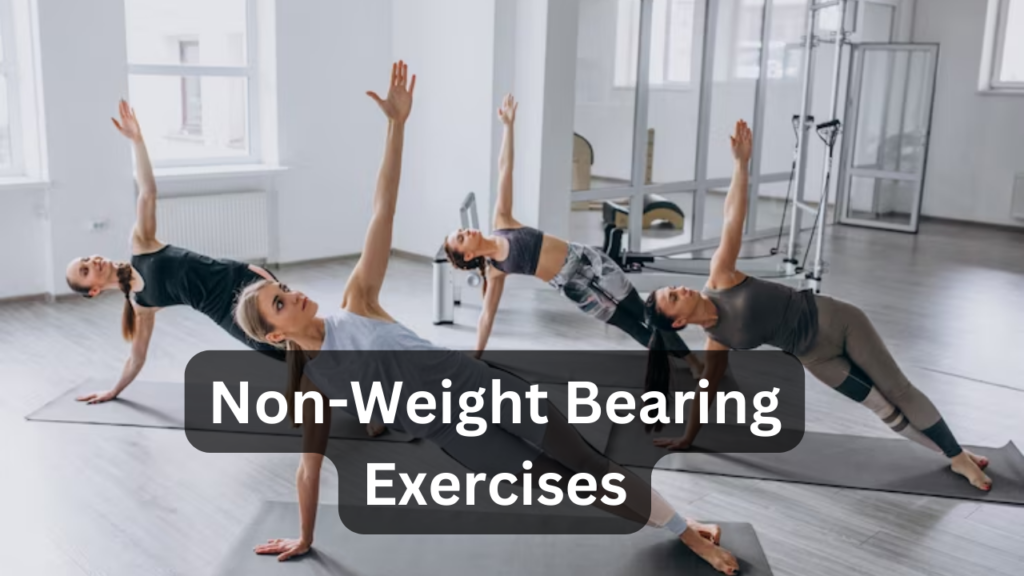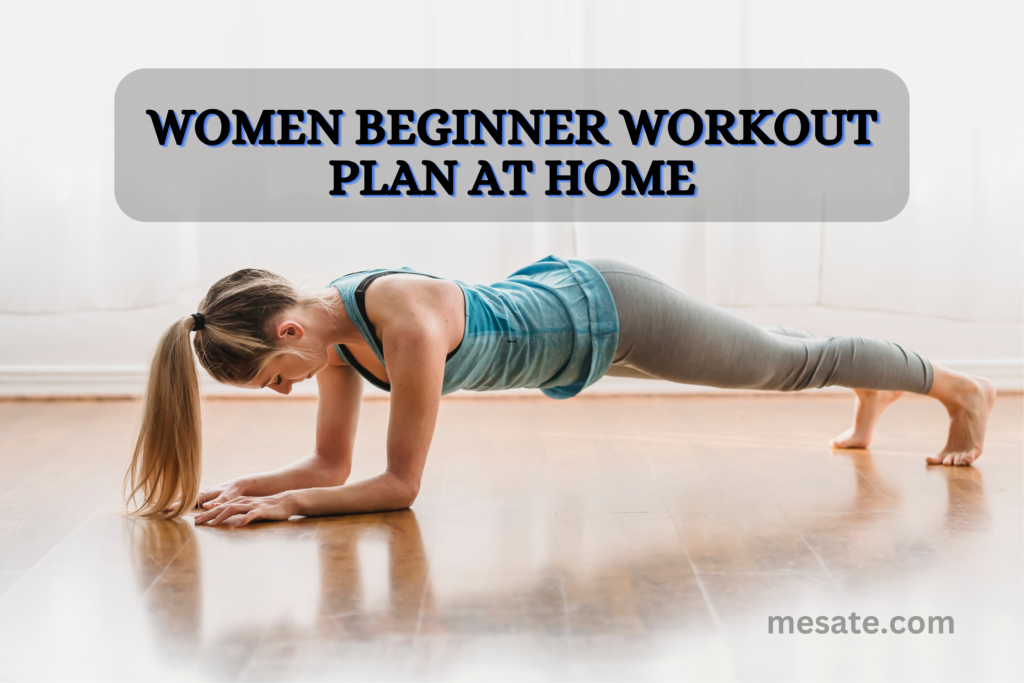For many, exercise conjures images of pounding pavements or hoisting hefty weights. Yet, what if fitness didn’t have to rely on gravity’s pull? This is where the magic of Your Guide to Non-Weight Bearing Exercises exercises unfolds.
Whether recovering from an injury, managing chronic conditions, or simply seeking a gentler approach to fitness, these exercises offer a gateway to a healthier, happier you, minus the joint strain. Forget limitations, embrace possibilities! This comprehensive guide delves deep into the realm of non-weight-bearing exercises, empowering you to sculpt your body, elevate your heart rate, and enhance your overall well-being, all without putting undue stress on your joints.
Unpacking the Benefits Why Go Non-Weight Bearing?
Stepping outside the weight-bearing zone unlocks a treasure trove of advantages:
- Gentle on Joints: Say goodbye to the throbbing knees and achy ankles. Non-weight bearing exercises minimize impact, protecting your precious joints from undue pressure, making them ideal for individuals with arthritis, osteoporosis, or recovering from injuries.
- Cardio Boost: Don’t be fooled by the lack of pounding. Activities like swimming and aquatic cycling get your heart pumping and blood flowing, effectively boosting your cardiovascular health and burning calories like a champ.
- Strength & Flexibility: Ditch the misconception that gentle means weak. Non-weight-bearing exercises like resistance band workouts and Pilates can effectively build muscle tone, improve flexibility, and enhance your balance, leaving you feeling strong and agile.
- Mental Wellness: Exercise is a potent mood booster, and non-weight-bearing options are no exception. The stress-busting nature of activities like water aerobics and yoga can leave you feeling energized, uplifted, and ready to tackle the day.
- Accessibility for All: Regardless of age, fitness level, or physical limitations, non-weight-bearing exercises offer an inclusive path to improved health. Whether you’re a seasoned athlete or a fitness newbie, there’s something for everyone in this diverse playground.

Diving into the Deep End A Pool of Possibilities
Water’s buoyancy becomes your playground with a plethora of non-weight-bearing aquatic exercises:
- Swimming: The ultimate low-impact cardio workout, swimming engages your entire body, strengthens muscles, and improves lung function. From leisurely laps to vigorous freestyle drills, there’s a swimming style for everyone.
- Water Aerobics: Add a splash of fun to your fitness routine! Water aerobics combines rhythmic movements with the resistance of water, building strength, improving flexibility, and boosting your mood, all while keeping you cool and refreshed.
- Aqua Jogging: Take your run underwater! Aqua jogging utilizes a flotation belt to keep you buoyant, allowing you to enjoy the benefits of running without the impact on your joints. It’s a fantastic way to burn calories and improve cardiovascular health.
- Deep Water Fitness: Dive into a challenging and invigorating workout. Deep water exercises utilize flotation devices to keep you afloat while performing various movements that target different muscle groups and boost your core strength.
Beyond the Water Land-Based Gems
Dryland offers its treasure trove of non-weight-bearing exercises:
- Cycling: Hop on a stationary bike or hit the pavement on a leisurely ride. Cycling is a fantastic way to elevate your heart rate, strengthen your legs, and improve coordination, all without putting pressure on your joints.
- Elliptical Training: This low-impact marvel mimics running and climbing stairs, offering a smooth, effective workout that engages your major muscle groups without the jarring impact.
- Pilates: Don’t underestimate the power of precision! Pilates focuses on core strength, flexibility, and controlled movements, leading to improved posture, balance, and overall body awareness.
- Yoga: Unwind and strengthen with the ancient practice of yoga. Gentle poses and flowing sequences stretch your muscles, improve flexibility, and promote relaxation, leaving you feeling centered and rejuvenated.
- Resistance Band Workouts: These versatile bands offer endless possibilities for sculpting and strengthening muscles. From bicep curls to squats, resistance bands provide a safe and effective way to build muscle tone without heavy weights.
Fueling Your Fitness Nutrition for Non-Weight Bearing Workouts

Just like any physical activity, proper nutrition is key to optimizing your non-weight-bearing workouts. Here are some key tips:
- Hydration is king: Water is essential for regulating body temperature, lubricating joints, and transporting nutrients. Aim to drink plenty of water throughout the day, especially before, during, and after your workouts.
- Balanced meals: Focus on consuming a balanced diet rich in fruits, vegetables, whole grains, and lean protein. These foods provide the essential vitamins, minerals, and energy your body needs to perform at its best.
- Pre-workout power: Carbohydrates provide readily available energy for your muscles. Opt for complex carbs like whole-wheat toast with peanut butter or a banana with Greek yogurt about an hour before your workout.
- Post-workout recovery: After your workout, your body needs protein to repair and rebuild muscle tissue. Choose a protein-rich snack like Greek yogurt with berries or a protein shake within 30 minutes of finishing your exercise.
- Listen to your body: Pay attention to your hunger cues and adjust your food intake accordingly. Don’t skip meals or restrict your calorie intake too much, as this can hinder your recovery and performance.
Conquering Challenges Overcoming Obstacles in Your Non-Weight-Bearing Journey
While non-weight-bearing exercises offer a gentler approach to fitness, challenges can arise. Here’s how to navigate them:
- Finding the right fit: With so many options available, it’s crucial to find activities you enjoy. Experiment with different exercises until you discover what sparks your passion and keeps you motivated.
- Staying consistent: Consistency is key to seeing results. Aim for at least 30 minutes of moderate-intensity exercise most days of the week. Start small and gradually increase the duration and intensity of your workouts as you get stronger.
- Breaking plateaus: If you feel like your progress has stalled, don’t get discouraged! Try mixing up your routine, adding new exercises, or increasing the difficulty of your workouts to challenge your body and prevent plateaus.
- Seeking support: Don’t be afraid to seek help from a certified personal trainer or physical therapist. They can create a personalized exercise program tailored to your needs and goals and provide guidance and support throughout your fitness journey.
Celebrating Success Embracing the Joy of Non-Weight Bearing Fitness

Remember, fitness is a journey, not a destination. Celebrate every milestone, big or small, and focus on the positive changes you’re making in your life. Here are some tips for staying motivated:
- Track your progress: Monitor your progress by keeping a workout log or using a fitness tracker. Seeing your improvements can be a powerful motivator to keep going.
- Find a workout buddy: Exercising with a friend or family member can add a layer of fun and accountability. You can motivate each other, share tips, and make workouts more enjoyable.
- Reward yourself: Celebrate your achievements with non-food rewards like a new workout outfit, a relaxing massage, or a fun activity you enjoy.
- Focus on the positive: Shift your focus from weight loss or physique changes to how you feel. Notice how your energy levels improve, your mood lifts and your sleep quality deepens. Embrace the joy of movement and the positive impact it has on your overall well-being.
Resources & References
- American College of Sports Medicine: https://www.acsm.org/
- National Institutes of Health: https://www.nih.gov/
- Mayo Clinic: https://www.mayoclinic.org/
- Centers for Disease Control and Prevention: https://www.cdc.gov/
- Arthritis Foundation: https://www.arthritis.org/
By incorporating non-weight-bearing exercises into your routine, you can unlock a world of fitness possibilities, regardless of your age, fitness level, or physical limitations. So, ditch the pressure, embrace the buoyancy, and embark on a journey of health, happiness, and well-being, one gentle movement at a time.
FAQs Related to Non-weight Bearing Exercises
What are non-weight-bearing exercises?
Non-weight-bearing exercises are any physical activities that minimize or eliminate the impact of your body weight on your joints. This can be helpful for people with joint pain, injuries, or conditions like arthritis or osteoporosis.
What are the benefits of non-weight-bearing exercises?
There are many benefits to doing non-weight-bearing exercises, including:
- Reduced joint pain and stress: By minimizing impact, these exercises can help to protect your joints from pain and inflammation.
- Improved cardiovascular health: Many non-weight-bearing exercises, such as swimming and water aerobics, are excellent for cardio, which can strengthen your heart and lungs.
- Increased strength and flexibility: Even though they are gentle on your joints, non-weight-bearing exercises can still help to build muscle and improve your range of motion.
- Reduced risk of injury: The low-impact nature of these exercises makes them less likely to cause injuries than traditional weight-bearing exercises.
- Improved mood and well-being: Exercise releases endorphins, which have mood-boosting effects. Non-weight-bearing exercises can be a great way to reduce stress and improve your overall well-being.
What are some examples of non-weight-bearing exercises?
There are many different types of non-weight-bearing exercises, so you can find something that you enjoy and that fits your fitness level. Some examples include:
- Aquatic exercises: Swimming, water aerobics, and aqua jogging are all great ways to get a workout without putting stress on your joints.
- Cycling: Stationary cycling or riding a bike on a flat surface are both low-impact exercises that can be enjoyed by people of all ages and fitness levels.
- Elliptical training: Elliptical trainers provide a smooth, low-impact workout that simulates running or climbing stairs.
- Pilates: Pilates focuses on core strength, flexibility, and controlled movements, making it a great option for people with joint pain or injuries.
- Yoga: Yoga can help to improve your flexibility, balance, and strength, all while reducing stress and promoting relaxation.
How often should I do non-weight-bearing exercises?
The American College of Sports Medicine recommends that adults aim for at least 150 minutes of moderate-intensity aerobic activity or 75 minutes of vigorous-intensity aerobic activity each week. You can also do a combination of moderate- and vigorous-intensity activities. It is important to start slowly and gradually increase the duration and intensity of your workouts as you get stronger.
Are non-weight-bearing exercises effective for weight loss?
Non-weight-bearing exercises can be effective for weight loss, especially when combined with a healthy diet. While they may not burn as many calories as some weight-bearing exercises, they can still help you burn calories and lose weight.
Is it safe to do non-weight-bearing exercises if I have a medical condition?
If you have a medical condition, it is always important to talk to your doctor before starting any new exercise program. This is especially important if you have any joint pain, injuries, or conditions like arthritis or osteoporosis. Your doctor can help you to create a safe and effective exercise program that is right for you.


